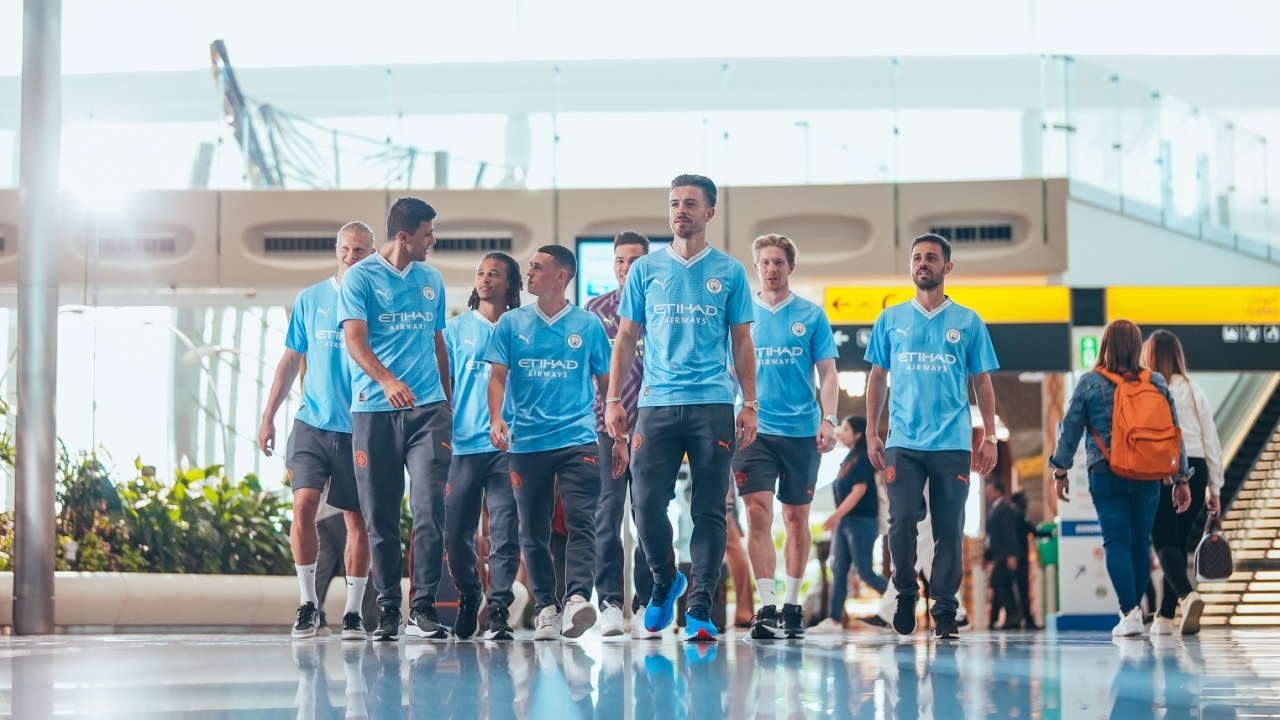Will runway closure awake Dubai’s slumbering giant
In May 2019, Dubai International Airport is closing one of its two runways for 45 days. Alan Dron wonders if this will encourage airline customers to try out the under-used Dubai World Central?

Dubai World Central’s (DWC) long-term plans call for it to be the world’s largest airport, capable of handling 240 million passengers by 2040-2050.
At present, however, its annual passenger throughput is rather more modest; in 2017, it handled just 905,000 travellers.
That has not stopped Dubai Airports, which operates both DWC and Dubai International Airport (DXB), from completing the first major phase in DWC’s expansion, taking its capacity to 26 million.
That may seem a huge amount of over-capacity, but Dubai Airports believes it will be needed in coming years and wants to be ready. “We don’t want the capacity of our facilities to slow down the growth of the aviation sector,” said Khalil Lamrabet, director of aviation business management at Dubai Airports.
Anyone who uses DXB regularly knows how busy it can be, particularly in the small hours of the morning. Despite major expansion programmes over the years, DXB can only now improve the efficiency of its existing terminals and runways, as nearby roads and residential districts make physical expansion of the site impossible.
Dubai’s two airports are major components in the emirate’s plans to have the aerospace sector provide an astonishing 45% of its GDP by 2030. For that reason, DWC provides vital additional capacity that will be required sooner or later.
But how soon? Although DWC has been open for passenger flights since October 2013, it currently handles only around 150 flights a week, a figure that some major airports would reach in two to three hours.
Next May, one of DXB’s two runways is scheduled to close for resurfacing for 45 days. Will the resulting inevitable short-term reduction in capacity encourage some airlines to move at least some of their services to DWC – and perhaps even stay there after the runway reopens?
“It may give then the nudge that they need,” said Kata Cserep, vice-president, airports, of international consultancy ICF. In her experience, she said, airlines tend to have a built-in inertia against moving from their existing airports, particularly if they are hubs.
Reasons not to move can include having all their ground support services at their existing airport and not wanting to be the ‘odd one out’ by moving to a new site.
Even airlines that flew to DXB as just one spoke in their networks still benefited from being in the proximity of other airlines, where passengers could make connections, she said.
That proximity could mean that they picked up an extra half-dozen passengers from going through that hub.
One factor that may encourage airlines to opt for Dubai World Central, she suggested, was ‘first mover advantage’. An airline that moves into a new airport at an early stage in its development can pick up the best arrival and departure slots.
Lamrabet noted that an 80-day runway resurfacing at DXB in 2014 led to 13 carriers moving a portion of their flights to DWC for the duration. At that point, DWC had only been accepting passenger flights for a year. Today, with the benefit of four more years’ experience under its belt and far larger infrastructure in place, he is confident that more airlines will move at least some of their operations to the new facility.
However, Dubai Airports will not attempt to dictate to airlines that they should move their operations – such a decision has to be made by the carriers themselves, he said.
New operators flying into Dubai for the first time were more likely to opt for DWC, he believed. Those ensconced at DXB were more likely to split their flights between the two airports, rather than move their entire operation to the sleeping giant on the southern side of the city.
Stay up to date
Subscribe to the free Times Aerospace newsletter and receive the latest content every week. We'll never share your email address.

